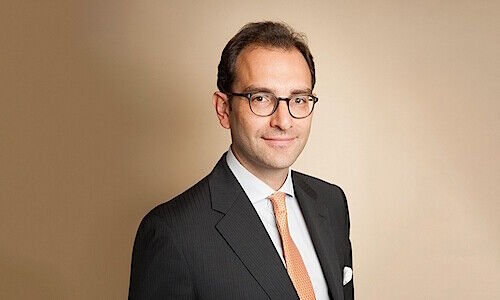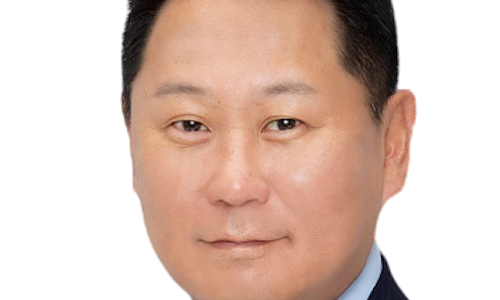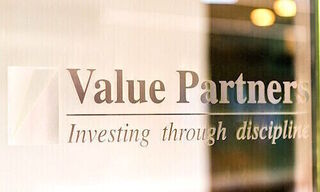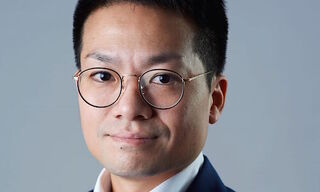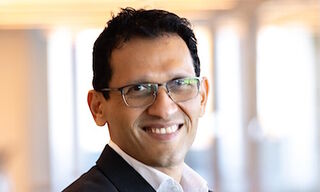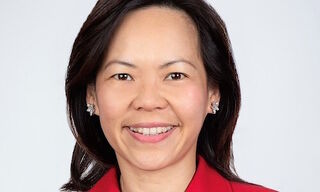Following a challenging year for markets in 2022, there is a strong opportunity for asset managers to capitalize on sidelined cash in 2023, Janus Henderson’s Andrew Hendry told finews.asia.
Last year was challenging for markets as asset classes across the board were hit by volatility. In fact, both equities and fixed income were down overall in 2022, marking a very rare break in the negative correlations between the two asset classes – the fundamental basis driving returns for traditional 60/40 portfolios.
This led to de-risking amongst many investors and within the region, cash allocations grew even higher.
«Especially after a difficult 2022, there is so much upside for more delegation of investments in 2023,» said Andrew Hendry, Janus Henderson’s Singapore CEO, in a conversation with finews.asia.
Investor Types
According to Hendry, the firm is currently seeing three types of investors.
Firstly, there are risk-averse investors seeking liquid alternatives, short duration fixed income and balanced strategies. Secondly, there are those that want to stay invested but are worried about inflation, leading to demand for global and Asia-listed property. Finally, for those with more risk appetite, there is interest in thematic tech investments, especially in biotechnology.
«In the biotech sector, the difference between winners and losers is extreme. Over the last ten years, the top five biotech stocks were up over 287 percent and the bottom five lost 78 percent of their value,» Hendry explained, underlining Janus Henderson's competitive advantage from leveraging specific expertise within its team which includes three PhDs.
Asia Expansion
As part of its broader strategy, Janus Henderson plans to expand in Asia by hiring up to nine staff in the region by September across sales and investment specialists, including four staff for wholesale distribution.
The firm hired ex-Lazard Asset Management executive Marjorie Soh as sales manager in January and, more recently, Shanice Loo as director of sales management.
«Asia is a part of our seven global strategic initiatives. We have a strong network of banking relationships in Europe and the US, and we want to leverage this for Asia,» Hendry added.

